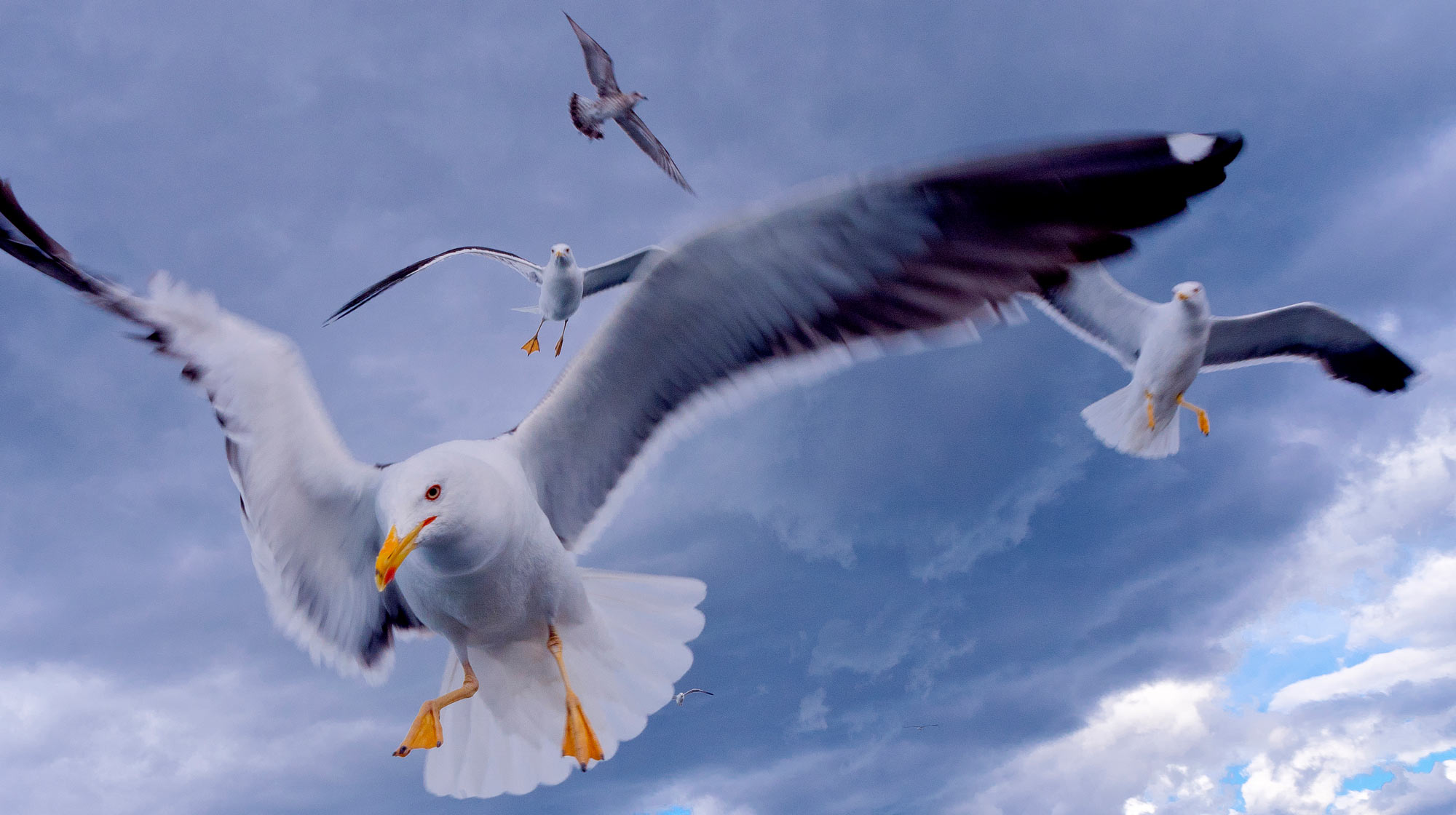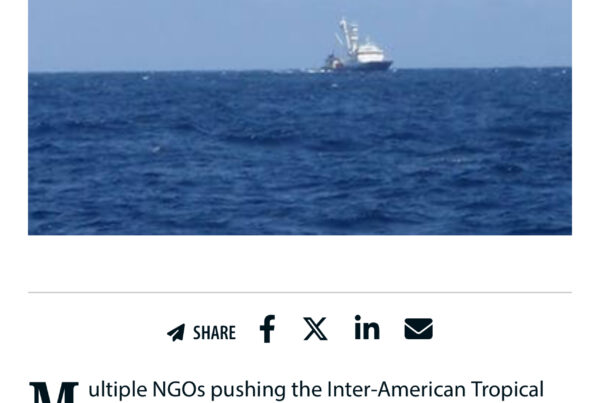The North Sea is a key area worldwide for the installation of offshore wind farms (OWFs). We analysed data from multiple sources to quantify the effects of OWFs on seabirds from the family Gaviidae (loons) in the German North Sea. The distribution and abundance of loons changed substantially from the period before to the period after OWF construction. Densities of loons were significantly reduced at distances of up to 9–12 km from the OWF footprints. Abundance declined by 94% within the OWF + 1 km zone and by 52% within the OWF + 10 km zone. The observed redistribution was a large-scale effect, with birds aggregating within the study area at large distances from the OWFs. Although renewable energies will be needed to provide a large share of our energy demands in the future, it is necessary to minimize the costs in terms of less-adaptable species, to avoid amplifying the biodiversity crisis.
Accumulating evidence suggests that the Earth’s climate is changing rapidly (e.g. ref.1,2), with consequences not only for animals and plants, but also for humans, e.g. in terms of sea-level rise, food security, and health3,4,5. Energy supplies thus need to become more sustainable and secure, in order to reduce greenhouse gas emissions. Generating energy from renewable sources has therefore become a high priority in energy-policy strategies at both national and global levels6,7. Wind energy, specifically the installation of offshore wind farms (OWFs8), has made a substantial contribution to renewable energy production in recent decades, with the North Sea currently being the key area for OWFs worldwide (www.4coffshore.com8).



